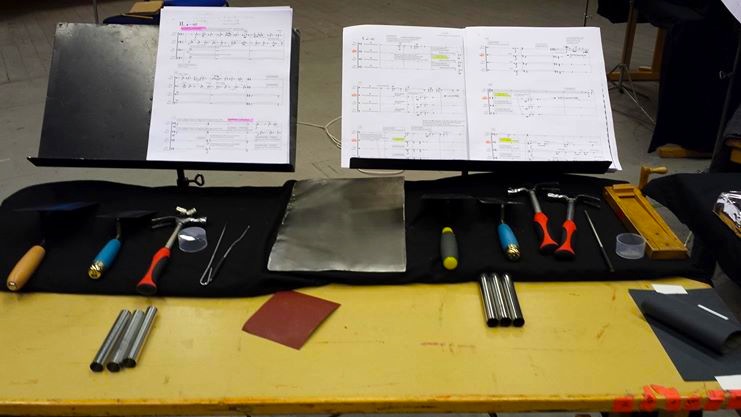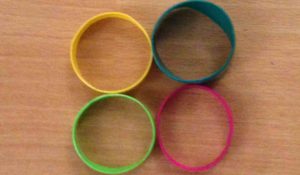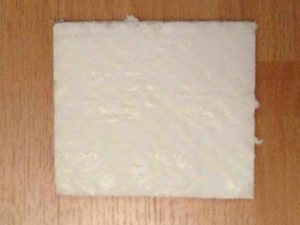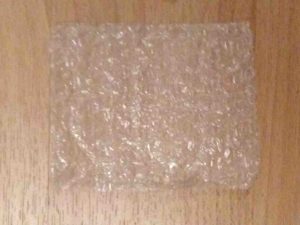
eng/ita
for 4 percussion players and orchestra
Commissioned by Kroumata and Norrlands Operans Symphony Orchestra
First performance: Umeå – Sweden, NO!, 05.12.2013
Kroumata and Norrlands Operans Symphony Orchestra,
cond. R. Gamba
Publisher: Edizioni Suvini Zerboni
audio
Multiplicity, 2nd movement
live recording
Kroumata and Norrlands Operans Symphony Orchestra, cond. R. Gamba
Umeå, 05.12.2013
video
Kroumata
and
Norrlands Operans Symphony Orchestra
cond. R. Gamba
Umeå, 05.12.2013
Press review
Brilliant, tumultuous, joy-intoxicating sound art.
Jonas Lidström, Västerbottens-kuriren
Texts on “Multiplicity”
“Le son dans le son”
Florent Jedrzejewski
Doctoral Thesis, Université de Strasbourg, 2014
Performance notes
Duration: 14’20” ca.
Instruments
2 Fl (1. also piccolo, 2. also Bass flute, + 2 plastic rings*)
2 Ob ( + 2 plastic rings*)
2 Cl in Bb (2. also Bass Clarinet)
2 Bassoons (2. also Double bassoon, + 4 percussion tubes*)
(+ 8 glass bottles with beads, one for each woodwind player*)
2 Horns in F ( + 2 percussion tubes*)
2 Trumpets
2 Trombones
1 Bass tuba
Harp
Celesta
Piano ( + bottle neck)
Masterkeyboard + sampler (Macintosh computer)
12 I Violins (+ 12 plastic coated cartons*)
10 II Violins (+ 10 air bubble polyethylene sheets*)
8 Violas (+ 8 plastic coated cartons*)
6 Cellos (+ 6 air bubble polyethylene sheets*)
5 Double basses (+ 5 air bubble polyethylene sheets*)
*Plastic coated cartons, sheets of polyethylene, glass bottles with beads, plastic rings and percussion tubes are provided with the orchestral parts
Pictures of the instruments
for the orchestra, provided with parts
 Percussion tubes
Percussion tubes
 Glass bottle with beads
Glass bottle with beads
 Plastic rings
Plastic rings
 Plastic coated carton
Plastic coated carton
 Air bubble polyethylene sheet
Air bubble polyethylene sheet
4 solo percussion players
Perc 1:
2 trowels (1 high & 1 low) + triangle beater
large whip
sandpaper 600
small metal plate (40×25)
vibraphone
hammer
a small violin without strings + fingerpick
plastic cap
3 small iron tubes (13×2) on wooden small table
mechanical ratchet
Perc 2:
2 trowels (1 high & 1 low) + triangle beater
clothes brush + aluminium paper
sandpaper 600
small metal plate (40×25)
plastic cap
hammer
3 small iron tubes (13×2) on wooden small table
mechanical ratchet
Perc 3:
clothes brush + aluminium paper
sandpaper 600
small metal plate (40×25) + triangle beater
large suspended metal plate
plastic cap
small snare drum + clothes brush
suspended chains
washboard + thimble + diapason (tuning fork)
Perc 4:
clothes brush + aluminium paper
sandpaper 600
small metal plate (40×25)
bass drum (tuned to low E) + rute beaters
plastic cap
small snare drum + clothes brush
suspended chains
washboard + thimble + diapason (tuning fork)
Technical rider
– 2 loudspeakers
The loudspeakers should be placed at opposite ends of the orchestra, in a straight line with the violins and the double basses, in order to mix properly the electronic sounds with the sounds of the acoustic and amplified instruments.
– keyboard + sampler (stand-alone Max patch + Macintosh computer)
Sampler and soundfiles are included in the cdrom, attached with score and parts
– 6 or 8 microphones
If 6 microphones: 2 for the orchestra (1 above the left section, 1 above the right section) and 2 for the solo percussion players.
If 8 microphones: 4 for the orchestra (1 for the strings at left, 1 for the strings at right, 1 for the keyboards, 1 for woodwinds and brass) and 1 microphone for each solo percussion player
– 1 small mixer
The electronic sounds played by the masterkeyboard + sampler should be mixed loud enough, so as to compete with the sound of the orchestra
Programme notes
The percussionist is a symbol, a paradigm of the evolution of the musician.
Because a modern percussionist plays many different instruments, old and new, not just his particular and unique instrument.
Because he is more familiar with the balance between harmonic and inharmonic domains.
And finally because he allows the composers to make a broader use of the spectrum, into micro and macro properties, in stable and instable timbres.
Inside Multiplicity I develop this capability, starting from the resourcefulness of the four soloists that affects the whole orchestra, asking each musician of the orchestra to play new lutherie instruments and inharmonic sounds, that is to say to become more flexible, as a modern percussion player is.
Multiplicity is commissioned by Kroumata and Norrlands Operans Symphony Orchestra, and dedicated to Kroumata.
The last movement is written in memory of Luciana Abbado Pestalozza.
giovanni verrando © 2013